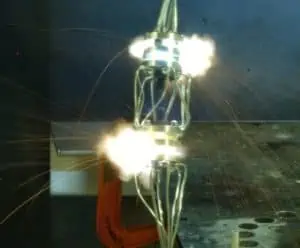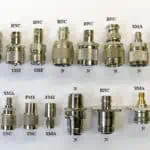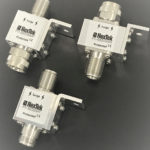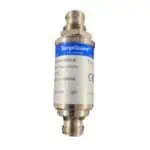News & Events
November 30, 2015
Content Highlight – Transient Handling by Coaxial Connector Type

Knowing the maximum rating of a given connector type can be useful in multiple ways. For example, this information can be used during a threat-level analysis to determine whether a given cable and connector choice would be able to withstand the expected Transient Levels for a given application. Alternatively, it is useful to know the theoretical maximum amount of surge energy that a connector type is capable of passing through without damage…This knowledge can be used to ensure that any Surge Arrestor/Protector selected will meet or exceed the connector’s limit.
Keep in mind that these ratings apply only to the center pin of each connector type…The shield Transient Handling ratings are generally around 3-5x the center pin rating, but are highly dependent on many factors, including the specific type of cable being used. Also keep in mind that although these ratings are useful as general guidelines, each connector uses different quality materials and construction techniques…Individual Results Will Vary!
Connector Types Included: Type N, TNC, BNC, SMA, 7/16 DIN, F (75ohm)
Transient Handling Ratings: All Ratings Given As 8x20us Waveform Transient Events – Rated in KiloAmperes (kA)
Learn More:
NexTek White Paper – Transient Handling by Connector Type
nextek.com Blog Post – Product Surge Ratings
Get A Free Quote
Or Call 978-486-0582





